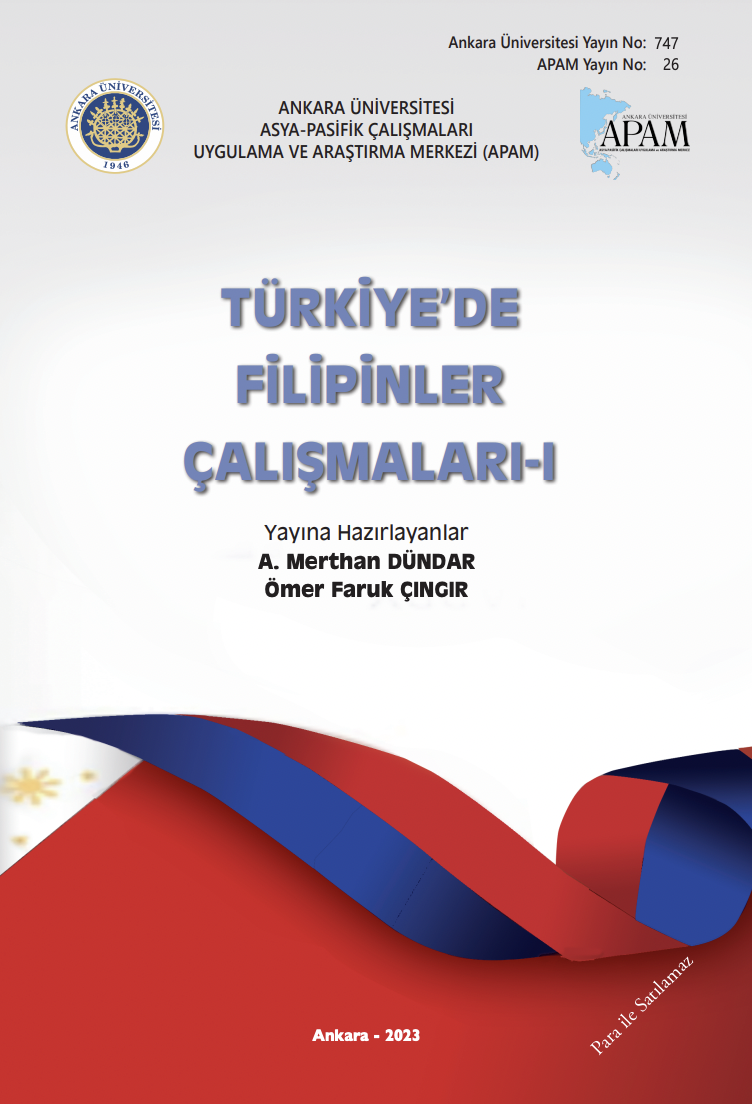The Role of Republic of the Philippines in Regional Peace and Security Dynamics

In the 16th century, the Philippines fell under Spanish rule, and by the early 20th century, it came under American control. After World War II, the United States recognized the independence of the Philippines. Ferdinand Marcos, elected as president in 1965, dominated the country’s political landscape until his overthrow in 1986. Today, the Republic of the Philippines, an archipelago, has emerged as a significant political force in Southeast Asia. A founding member of the United Nations, the Philippines is also part of the World Trade Organization, ASEAN, and the East Asia Summit. It has periodically allied with the USA, playing crucial roles in regional peace and cooperation. This includes participating in the Korean and Vietnam wars alongside the USA and joining the SEATO organization to contain the Soviet Union. More recently, it contributed troops to the USA-led coalition in the Iraq War. Furthermore, it has supported regional peace by sending peacekeeping forces to Cambodia and East Timor under United Nations Peace Operations. The Philippines faces several regional disputes, mainly with the People’s Republic of China, over issues such as the sovereignty of the Spratly Islands and Scarborough Shoal, and China’s claims over Philippine maritime zones. Additionally, the Philippines is contending with several internal separatist armed groups.
Karadağ, Haluk (2023) The Role of Republic of the Philippines in Regional Peace and Security Dynamics. In:Ali Merthan Dündar, Ömer Faruk Çıngır editors. Philippines Studies in Turkey. Ankara: Ankara University Press; 2023. pp.149-159